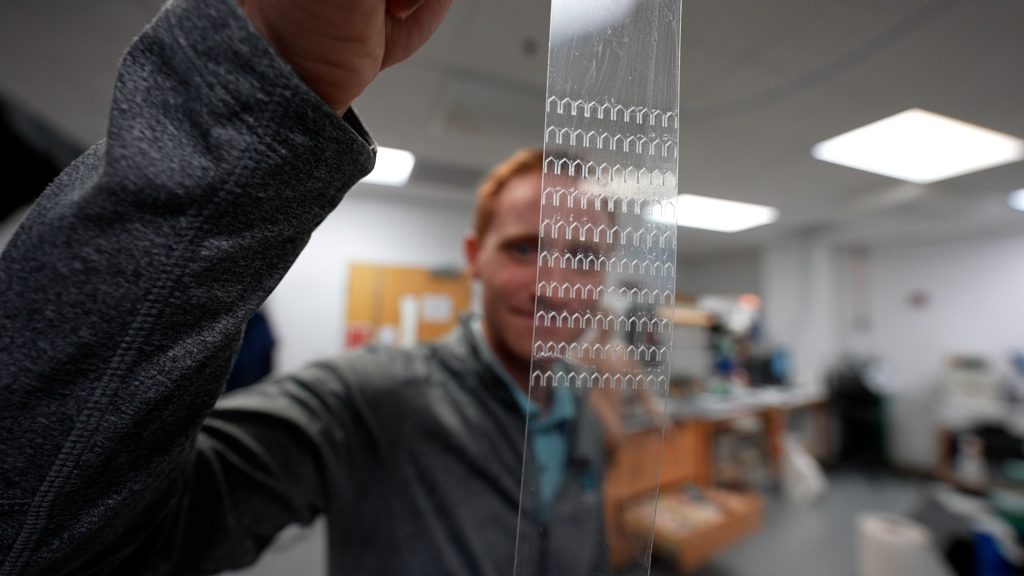Virginia Tech engineers have achieved a ground-breaking breakthrough by applying the traditional Japanese paper-cutting technique known as kirigami to the development of stronger and releasable tape. This ground-breaking strategy, which was unveiled in a news release on June 22, has the power to transform numerous fields and applications.
Engineers and material scientists have praised kirigami for its capacity to build complex, interconnected structures that are both mechanically strong and light. This method has previously been used to create stretchy conductors, batteries, solar panels, and three-dimensional constructions. Based on this understanding, the Virginia Tech team, under the direction of Assistant Professor Michael Bartlett, investigated how kirigami might be used to develop adhesive tapes that are more durable and removably.

By strategically incorporating well-designed cuts into the tape, the researchers found that they could improve adhesion while maintaining easy release properties. The precise control over stickiness achieved through kirigami structures allows for the manipulation of the force required to remove the tape. Experimentation with spacing, dimensions, and areas of rectangular cuts enabled the team to optimize the adhesive properties. The most effective adhesion was achieved by creating thicker divisions between the tops and bottoms of the cut-out windows, with thinner divisions along the edges and between the two rectangular columns.
When the tape is bent and peeled off, it requires more force to remove it from the stiffer, uncut areas compared to the open regions with kirigami cuts. This alternating transition along the tape’s length enhances its stickiness. Conversely, the tape is easily removed along its width, providing a convenient and reliable removal process.
The ability to adjust the stickiness of the adhesive simply by modifying the geometry of the tape is a remarkable advancement. This approach offers an alternative to altering material properties and presents exciting opportunities for further research in understanding the stresses around the edges of the kirigami cuts.

Adhesive tapes have played a crucial role in various industries since their development in the 1920s. From automobile painting to gift wrapping and electrical insulation, they have continuously evolved to meet diverse needs. The incorporation of kirigami into tape engineering signifies an important milestone in the ongoing improvement of adhesive tapes, aligning them with the ever-growing demands of modern applications.
Embracing innovative studies, such as this groundbreaking research from Virginia Tech, is key to enhancing the functionality of adhesive tapes and meeting the evolving requirements of industries worldwide. These advancements will undoubtedly lead to more efficient and effective solutions, further solidifying the importance of adhesive tapes in our daily lives.


